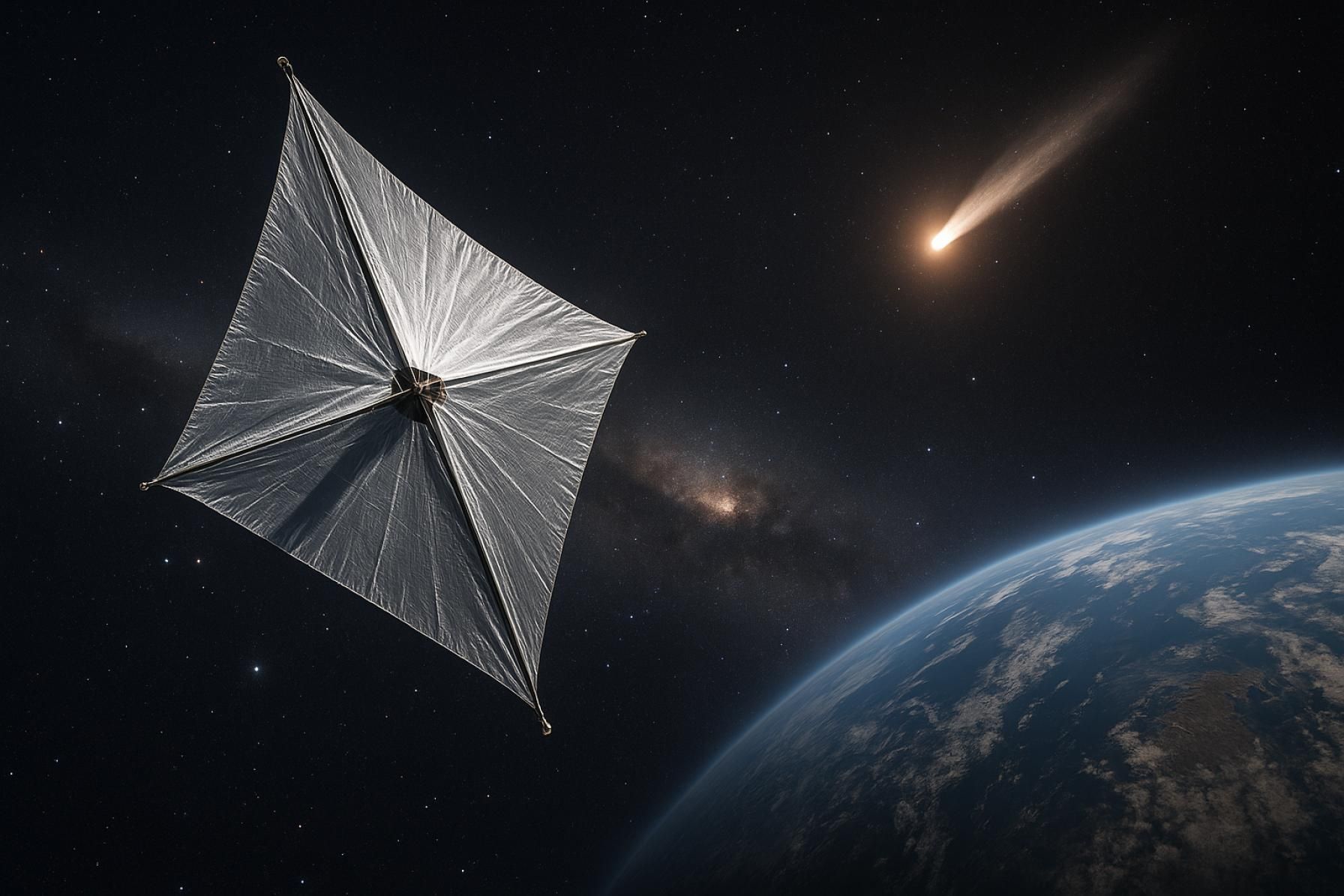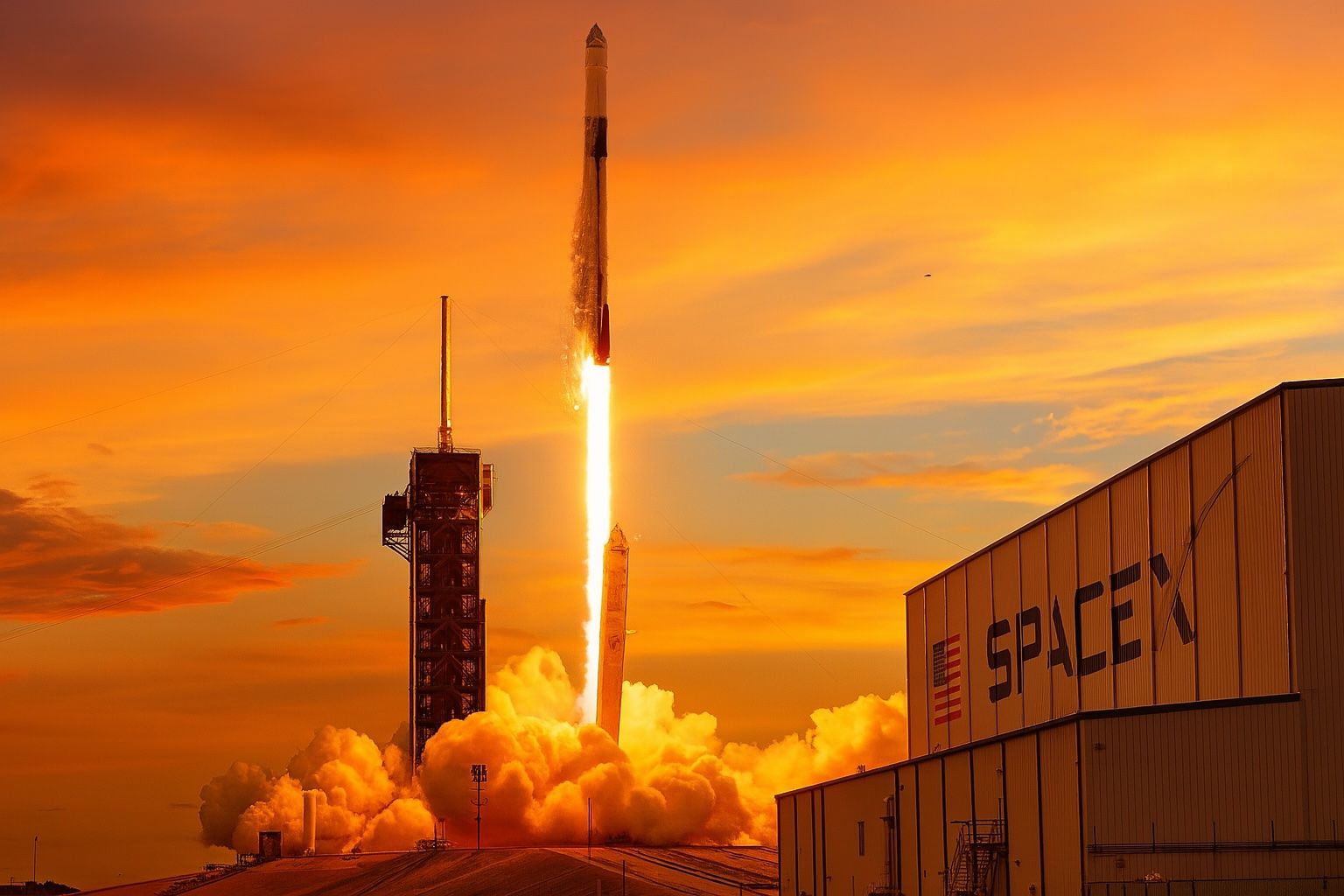
Mars Rock Sparks Life Clue, Back‑to‑Back Rocket Launches & Space Policy Shakeups – This Week in Space (Sept 9–10, 2025)
Key Facts: Launches & Satellite Missions SpaceX’s 24-Hour Launch Blitz – and a Scrub: SpaceX lined up two Falcon 9 launches on back-to-back days, showcasing the company’s rapid cadence. In Florida, a Falcon 9 was slated to carry Nusantara Lima, a 4.5-ton Indonesian










